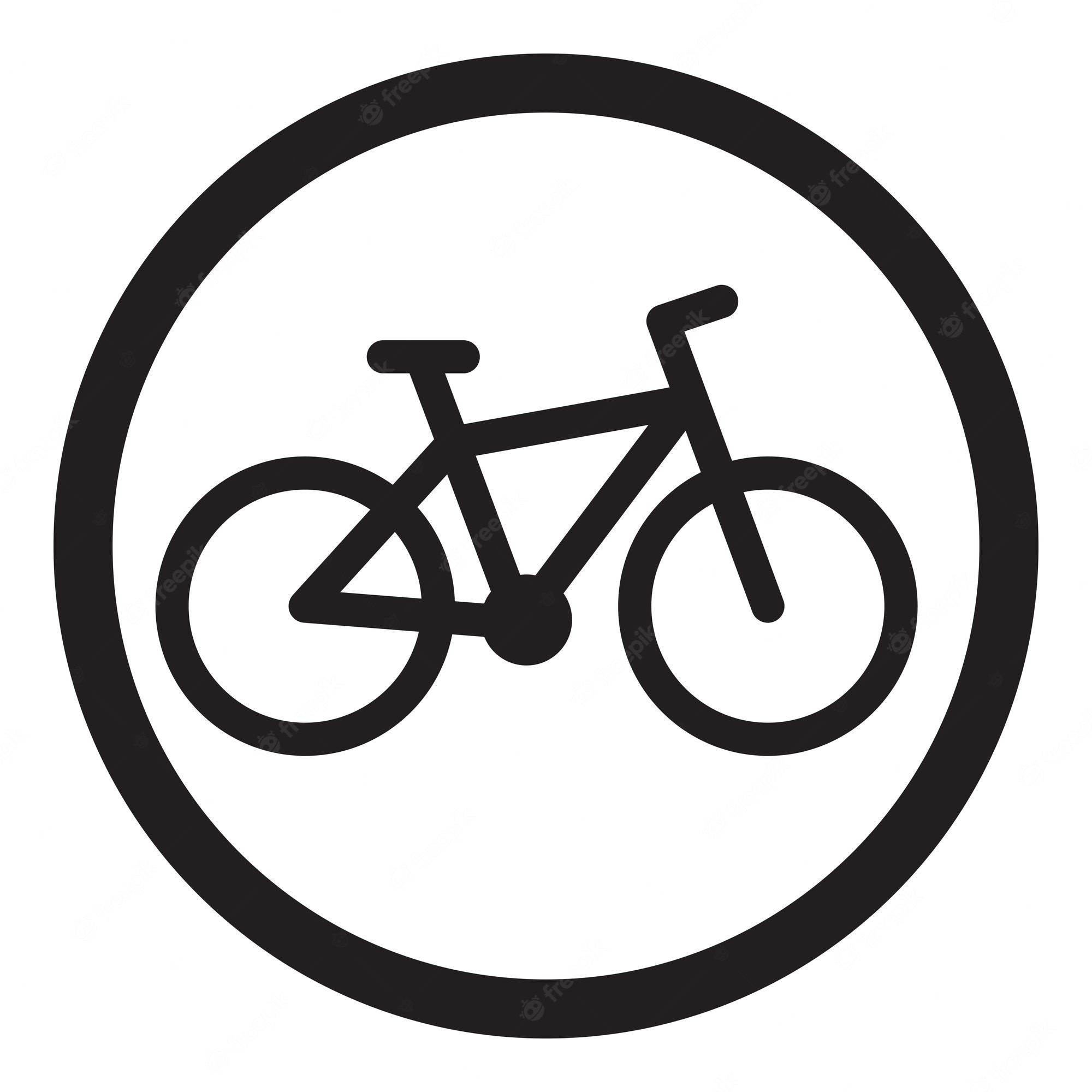

D’ailleurs, merci de laisser nous prendre la décision, j’aime ce approach democratic.


D’ailleurs, merci de laisser nous prendre la décision, j’aime ce approach democratic.
After using Miuras and TC Pro’s for a long time I’ve recently switched to Katana Laces and I can’t believe how good they are.
Not only I’ve never tried a more comfy shoe, but they somehow managed to make a shoe versatile enough to excel in both steep sport, slab, and crack climbing.
Took them to do steep sport in Kamouraska 1 month ago, and then I’ve just spent 1 week in Squamish climbing crack and slab, and they’ve never let me down.
Most of the time you don’t write the code, you change it.
I had tons of situations where I wanted to test deleting a code block which just happened to use an imported library, which the compiler is now complaining about because it’s no longer being used.
That’s a problem with your workplace, not the language nor OP.
You could have a build setting for personal development where unused variables are not checked, and then a build setting for your CI system that will look for them. It gives you freedom to develop the way you want without being annoyed when you remove something just to test something, but will not merge your PR unless the stricter rules are met.


Don’t let perfect be the enemy of good though, whatever increases ridership and gets people off cars faster is going to have a bigger impact on contamination.
I think NPM has the same feature, it’s called overrides https://docs.npmjs.com/cli/v9/configuring-npm/package-json?v=true#overrides


Ceux qui se plaignent le plus des vélos à Montréal sont ceux qui viennent de l’extérieur de Montréal
Je voudrais ajouter, ils sont aussi juste une minoritie bruiante, je pense que la majoritie des persons les veulent. C’est n’est pas par hasard que les maires pro velo ont des bonnes resultats meme ici que dans l’Europe.
The figure was almost by the middle of the page, search for the string “AT THE FEEDLOT, CATTLE ARE FED A DIET OF 80% GRAIN AND 20% FORAGES. (SILAGE AND HAY)”, on the section “Start weight, finish weight”.
As for the others:
Here’s the USDA source: https://www.ers.usda.gov/topics/crops/corn-and-other-feed-grains/feed-grains-sector-at-a-glance/:
Corn is a major component of livestock feed. Feed use, a derived demand, is closely related to the number of animals (cattle, hogs, and poultry) that are fed corn and typically accounts for about 40 percent of total domestic corn use. The amount of corn used for feed also depends on the crop’s supply and price, the amount of supplemental ingredients used in feed rations, and the supplies and prices of competing ingredients.
And regarding soy, here’s from the WWF: https://wwf.panda.org/discover/our_focus/food_practice/sustainable_production/soy/
We may not eat large quantities of soy directly, but the animals we eat, or from which we consume eggs or milk, do. In fact, almost 80% of the world’s soybean crop is fed to livestock, especially for beef, chicken, egg and dairy production (milk, cheeses, butter, yogurt, etc).
You obviously know way more than me about the subject but you gotta excuse me for taking anything from a website called “sacredcow” talking about the “plant-based industry” at the top of the page with a grain of salt, everything else I’ve seen online points to animal farming being incredible inefficient and a huge contributor to global warming and water waste.
A supermajority of animal feed comes from the waste product of crops we that were being grown anyway
According to the Alberta Cattle Feeders Association, 80% of the feed is composed of corn. According to the USDA itself half the corn grown in the US was used for animal feed, and 78% of the world’s soy production is made for animal feed.
Is the waste product of corn and soy included in these numbers?
You’re free to do whatever you want, all I meant is decreasing meat consumption not only will reduce the amount of big animals killed, but also the number of smaller ones. Growing a cow takes a whole lot of grain.
Cows and chickens gotta eat too, and that food is coming from fields as well.
By reducing meat consumption also way less critters will end up dying.


You can also find them in North America, in Vancouver!


Please stay in Reddit


I don’t understand why it is a concern, many countries allow drinking in public, and yet I’ve never seen as many intoxicated people in public as when I moved to Canada. All councilors need doing is taking a look at the data in these countries, or even Montreal in here!
The vast majority of people who’d take advantage of this are responsible ones who just wanna share a beer and some chips with friends.
The ones who’d get wasted are already doing it, they don’t care about the law.


It’s Viktoriapark, Berlin! Beautiful spot.

Oh man I’ve heard such good things about Lac Long, I gotta get out there!


deleted by creator


We still have to aim higher than simply “it’s free”.
Over here in Montreal my GF and I have been waiting for a family doctor for already 3.5 years (took us just 1 month to get one back in Winnipeg).
The one time we had to go to ER, for a snowboarding head blow with concussion symptoms, we had to wait 13 hours on a quiet night because the night shift had only 1 doctor, in Montreal’s 2nd most central hospital (Notre Dame). In fact, on average 12 percent of all ER visits in the Grand Montreal area end up leaving in frustration without being seen by a doctor.
Adding to the ER burden, walk in clinics no longer exist; you gotta use an online appointment finder, and finding an appointment often involves clicking on the search button for over 1 hour, fighting for elusive cancellations with many other people in the same situation.
Many countries have proven socialized healthcare can work very well. Spain, Israel, Italy, Germany among them. We gotta compare ourselves to them, no the US.


Such an awesome party game! Absolute recommendation.
That’s insane, I saw it at Montreal in the cinema for $14 CAD.